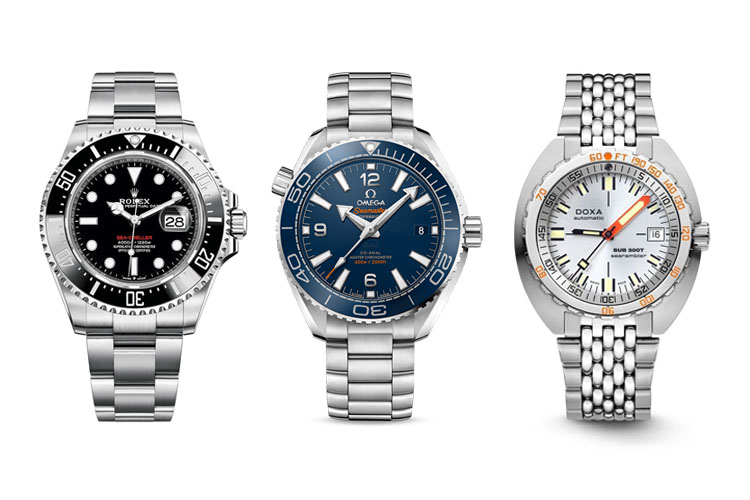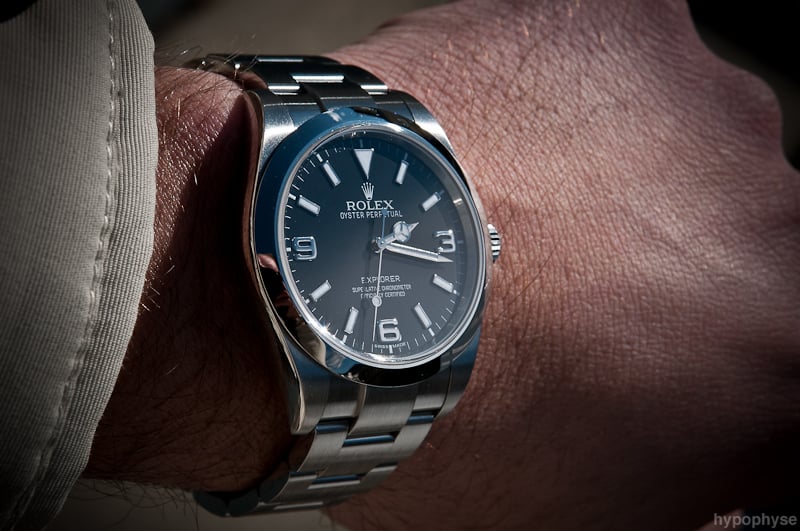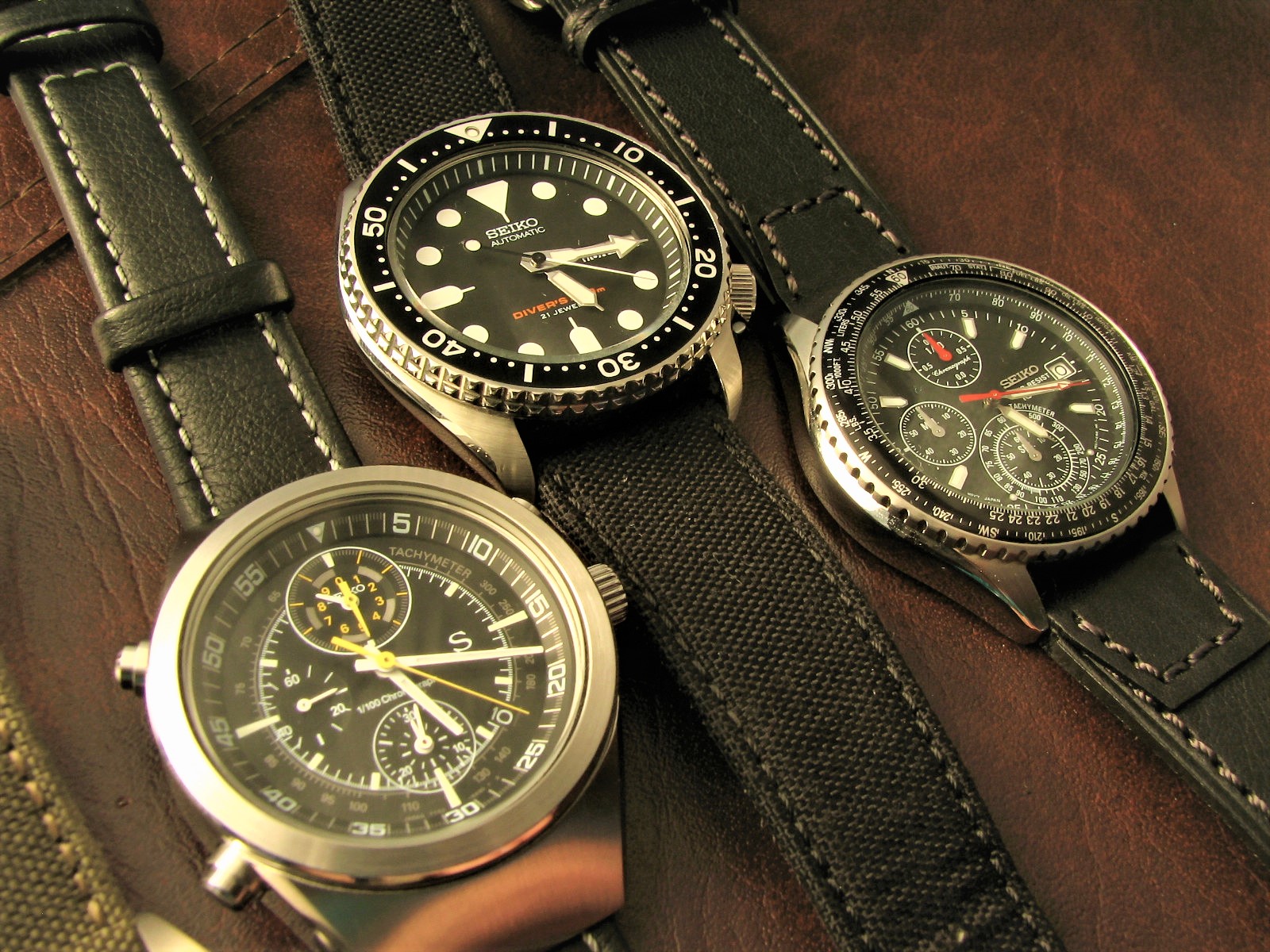Famously found in luxury diving watches, a helium release valve also called a helium escape valve, helps the watch withstand differential pressure underwater. In short, when divers stay underwater for longer or explore the depths, the decompression can cause a difference in the internal and external pressure of the watch. This can cause a build-up of gas within the watch, leading to many problems and, ultimately, making the watch unreliable.
In order to overcome this challenge, luxury watch brands introduced this solution in the ’60s. By inserting an escape or release valve, the watch dispenses any gas build-up from within. As a result, preventing any damage to the watch. A fascinating feature developed through horological research, the helium release valve celebrates the innovation of human intelligence and pushes the boundaries of innovation.
This article will dive into the origin, history, and some top diving watches with the helium release valve found in the market today.
Table of Contents
What is a Helium Release Valve?
Originally introduced in the 1960s as part of the Rolex Submariner Sea-Dweller and Doxa Conquistador, the helium release valve now features across many dividing watch brands. Rolex, in collaboration with a French watchmaker Comex, first introduced the Sea-dweller in 1967. Saturation divers who spend a lot of time underwater rely on their timekeeping equipment to a great extent. However, deeper in the sea, the conditions are dense with helium and hydrogen gases, which in turn affect the functioning of the timepiece.
For instance, helium gas containing molecules smaller than water can easily get into the timepiece. At the same time, the watches also go through a difference in internal and external pressure. This process of decompression underwater easily traps the helium gas within the watch components. Resultantly, causing the components to break or malfunction.
Watchmakers generally do not consider the underwater pressure and effect of decompression on the watch components. This is because, typically, horological designers strengthen watches to withstand the external pressure of the atmosphere. Moreover, as not all watches are suitable for underwater activities, this is not a common component across all watches.
You might be wondering how the release valve actually works underwater? A helium release valve is a one-way valve with a spring. When a substantial difference in internal and external pressure builds, the valve opens up the path for dispersing the gas outward. Given that this feature is exclusive to diving watches, timepieces with more than 1000 feet of watcher resistance and ISO 6425 regulation host the release valve.
Do divers really need it?
There is no direct answer to this. So let’s break it down based on the diver’s needs. For instance, if you are not a diver by profession, you may not need this extra feature. However, this comes in extremely handy if you are a saturation diver and spend a large portion of your time exploring the underwater.
This is primarily because the helium release valve comes into use only during the decompression process. To reach this stage, one must spend a lengthened period of time underwater, and at depths normally not explored by recreational divers. It is here that the watch faces helium pressure in the water, getting into the watch itself.
Simply put, if you don’t see yourself regularly using your watch at that level of depth, you don’t really need the escape valve. And, this can save some bucks on your diving watch. On the flip side, if you are a saturation diver, you will probably need this feature. Mainly because these watches don’t come cheap. By owning a device with the release valve, you ensure the longevity, accuracy, and performance of your watch.
Top watches with Helium Release Valves
Presently, many brands offer diving watches with the helium release valve. But, we look at the top three that set the bar for the industry to aim for.
Rolex
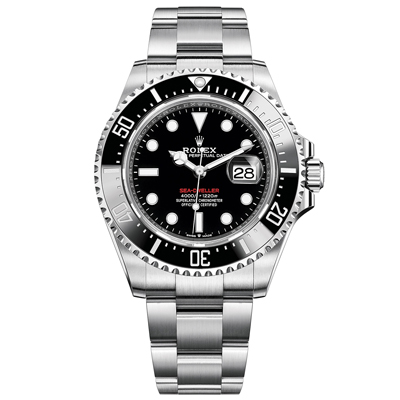
We can’t not mention the pioneers in this helium release valve technology. Rolex Sea-Dweller is one of the most sought-after watches even today. The original timepiece with the first-ever escapement, often called Rolex Comex is a collectible by watch enthusiasts even today. In 2017, Rolex celebrated 50 years since the introduction of the Sea-Dweller.
This timepiece comes hosting a 43 mm case, unlike its predecessor with just a 4o mm case. The Sea-Dweller Deepsea comes with waterproof up to 12,800 feet, a true marvel for the world of watches. You can also get an edition with 4,000 feet under the same line. Manifesting the ultimate diving experience, the Sea-Dweller comes in four iterations, hosting the brand’s trademark Oystersteel. Designed with the quintessential Rolex design, the Sea-Dweller stands at the pinnacle of ultimate diving watches.
Omega
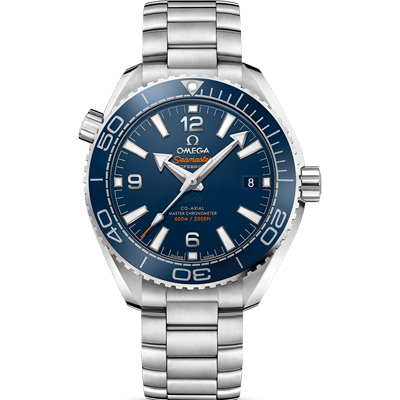
Omega and Rolex compete with each other on achieving unprecedented technological marvel. Each brand pushes new boundaries and sets new milestones for the horological world to achieve. In a similar vein as the Rolex Sea-Dweller, Omega introduced the Seamaster Planet Ocean collection.
With waterproof up to 1968 feet, the Omega Plant Ocean embodies the brand’s heritage, legacy, and ethos. This collection is available in three sizes – 39.5 mm, 43.5 mm, and 45.5 mm – all made with Omega’s in-house metal 18k Sedna Gold. All the watches under this collection go through rigorous testing and then receive the Master Chronometer certification. Available in different steps and metals, the Planet Ocean is a true contender for the Rolex diving watches.
Doxa
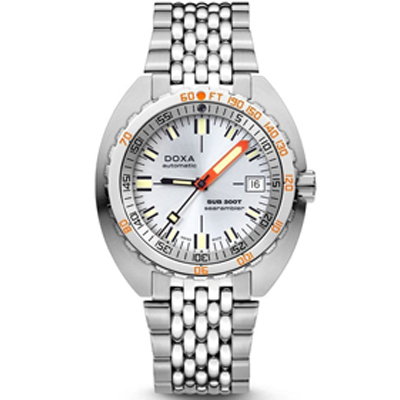
Doxa has etched its place in history, thanks to its Conquistador watch, released the same decade as the Rolex Sea-Dweller. Now, fifty years after its predecessor, the brand introduced the new SUB 300T Searambler in 2017. Much like the Sea-Dweller, the Sub 300T comes with 4000 feet water resistance and 42.4 mm case diameter.
The dial comes in six colors, hosting an automatic self-winding movement. However, unlike the Rolex or Omega, Doxa is a comparatively affordable luxury diving watch with equally promising features. Designed with an iconic style, and groundbreaking technology, Doxa guarantees high-quality watches lasting generations. The new and improved Sub 300T takes after its ancestor, but with more refined aesthetics and technology.
Diving watches are as popular as ever. Read our article to understand the origin and history of diving watches as we know them today and the best diving watches. You can also check out diving watches with 3000+ feet of water resistance here!

